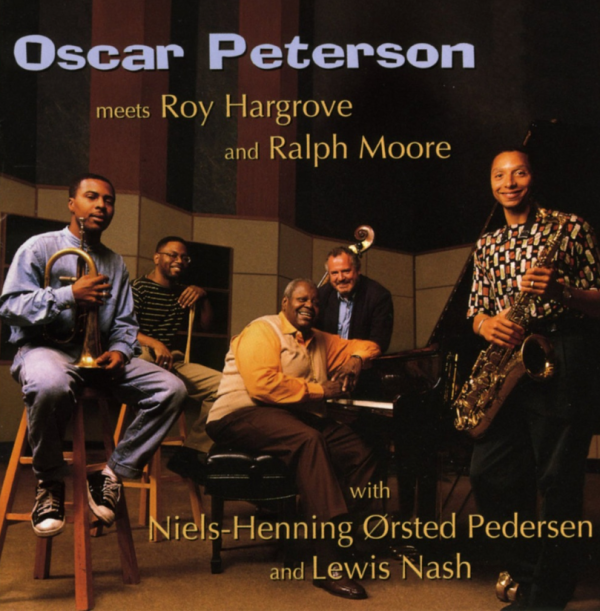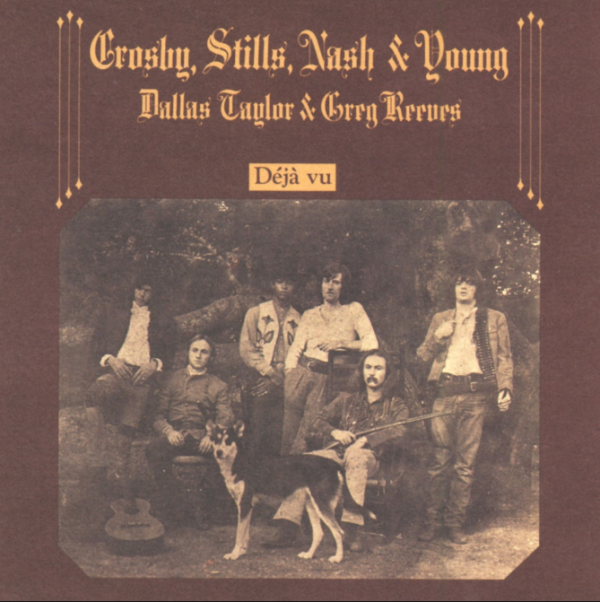Ok, here’s a first for WBF, I’m going to try to describe in as simple a way as possible some highly esoteric research in quantum AI and then try to relate it to how John Coltrane improvises. I’ve been fascinated by the human brain for well over 40 years. We have 100 billion neurons in our heads, each a powerful little computer that together lets us do amazing things like write music or play the saxophone. An assumption in AI since Alan Turing, the British genius famous for cracking the German Enigma code (see the movie Imitation Game) is that the mind is basically a digital computer implemented in biology by neurons. But increasingly many in my field have been calling this assumption into question. It takes a phenomenal amount of energy to do generative AI, the technology that’s sending Wall Street right now into a tizzy. So much so that Microsoft is paying to have the Three Mile Island nuclear reactor that was mothballed after the worst nuclear accident in US history restored so they can harness its power for their data centers.
Yet our brains run on a tiny amount of power in comparison, allowing Coltrane to compose and play his masterpieces. So, something’s not right with our model. The answer may lie in quantum computing. Nature it seems likes to play dice, much to Einstein’s chagrin who refused to believe this was what the Lord had in mind. But quantum computing does seem to be the operating system of nature. Nature doesn’t like digital bits, it prefers qubits or quantum bits. Qubits are not in one of two possible states, 0 or 1, like the bits in your CD or flac files. Qubits are in a superposition of all possible states between 0 and 1. Think of the flac file storing Coltrane’s My Favorite Things album. You could open up this file in an editor and look at each bit. Sure, there’s lots of bits, millions of them, but they are all either 0 or 1.
Now, qubits are like every possible combination of bits that could be in any state between 0 and 1 at each position in the file. When you look at the file, that is you measure a qubit, it snaps into either a 0 or 1. So in the great analogy of the physicist Erwin Schrödinger who founded quantum mechanics, imagine a dastardly experiment where you put a cat in a box that’s equipped with a canister of poison gas that if released will instantly kill the cat. The canister is controlled by a qubit. Is the cat alive or dead in the box? It’s actually both! But only when you open the box, you discover whether the cat is actually alive or dead. Till then it’s both.
Now, if you’re still with me, a growing view in AI is that our brains are made up of not digital bits, but qubits. It turns out that if you can harness the power of qubits to be in multiple states or in a multiverse, quantum computers can do a calculation in 5 minutes that would take a regular supercomputer a septillion years — that’s longer than the age of the universe. That’s exactly what Google’s Quantum AI lab showed two days ago, driving a market frenzy over Google stock that increased their market capitalization by 250 billion dollars. Now we are far from having quantum computers on our desktops but it’s getting closer with every day.
So, imagine Coltrane’s brain as having a huge amount of qubits where he’s working out a gazillion variations of My Favorite Things. What he actually plays on his saxophone is something even he perhaps doesn’t know until the sound emerges. That’s like observing a qubit and turning it into a real bit.
Ok, hopefully you get an idea of the crazy stuff I’m involved with at work! Back to music!



























